-
Posts
4,730 -
Joined
-
Last visited
-
Days Won
117
Content Type
Profiles
Forums
Resource Library
Events
Gallery
Blogs
Store
Community Map
Posts posted by Mayner
-
-
I developed an interest in the Delaware & Hudson and pretty much settled on that road n the re Conrail era after buying an N Scale Atlas (Kato) RS3 around 20 years ago. I was fascinated by the number of railroads and variety of power in the North East, at the time nothing came close to the Atlas & Kato diesels in terms of detail and quality of running.
I got hooked on Alco's clearing out Victors stock of FA1s and RS11 and hunting down a pair of Con-Cor PA1s. Apart from the RS3s little was available in D&H colours,. The FA1s were painted in the original CP maroon & gray scheme, the RS11s & PA1s in D&H colours.
Second generation power joined the fleet when Kato introduced their U30Cs and SD45s including locos in D&H colour the early 90s, Erie Lackawanna & Reading SD45 joined the fleet both for use on run-though trains from the South and West to New England an Canada and for interchange traffic with other roads.
The amount kit bashing and modification reduced and some of the less satisfactory power as replaced by newer Atlas offerings including the big Alco 628s in D&H & LV "Snowbird" colours and Kato PA1s.
I haven't done anything with the N since a house move 6-7 year ago, most of the locos now live in a display case in the hall, everything else boxed away.
Besides the D&H I had a brief flirtation with a Western Maryland logging/coal mining railroad in HO inspired by a late 1990s railfaning West Virginia, somehow or other I managed to resist modelling the UP & BNSF despite spending several week in the West an Mid-West
I guess a day-job,4year old daughter, freelance garden railway and Irish Modelling itrests' keeps me occupied
-
An 800 or GNR Vs or possibly a Compound would probably sell better than the other less glamorous classes ;-). A collector would fee obliged to buy all 3 800 or 5 Vs but would probably be satisfied with one J15 or WT.
-
Happy Christmas everyone!
-
Saw them myself last night, most are snapped off where the column changes section down near the base, at least one was broken halfway up the column at an angle.
Cast iron is good in compression but is quite brittle with no tensile strength, with only single line of supporting columns it was only a matter of time of one snapping once the canopy started to flex.
These 1:100 year weather events are becoming increasingly frequent, tornados seem to re-occur in much the same areas part of Auckland is developing a reputation of a tornado alley with two quite bad ones in recent years
-
I cant get the ink to work but excellent RM Web thread under Forums UK Prototype Discusson on the inside of a large 1960s goods depot. Lots of photos of seemingly organised chaos being transferred from road to rail, Scammell tractor and trailer units crowded city streets and typical Coppeeration Flats. come on Richie!!!
-
Beautiful stuff, can we please have some more!!!!!!
Three great truck marques Bedford, AEC & Guy. The Guy Big J artics lasted a long tie possibly into IE day.
Its interesting that the road freight division seems to have preferred AEC over Leyland although it was all part of BMC/BL
EFE have rigid and artic versions of the AEC/Leyland Ergonomic & Bedford TK flat beds and vans, I think Corgi do a Big J tractor andtraier unit.
Perhaps its time for an EFE or Corgi limited run CIE truck set.
-
[ATTACH=CONFIG]10649[/ATTACH]dont know
Markings on both sides possibly to make the number takers job easier/safer when locos, coaches, wagons were marshalled in a train.
-
Am fairly sure somebody does laser cut sheets for roofing, though not sure what sort.
Howard Scanics, Freestone Models, does a 7mm scale embossed sheet for roof tiles. This is a thick cartridge paper and still needs cutting into strips. Might be worth checking out the Wills sheets too. Though 4mm scale, I use their corrugated ones in 7mm and they look fine.
I just bite the bullet and measure/draw out a grid on copier paper ( for slates) and card for tiles. Could do it quicker on a computer methinks. Then cut into strips and then use scissors or craft knife to cut the strips half way to give the gap between each tile or slate. Use random lengths of strip (anything from 3 to 15 slates) and build up the roof from the bottom edge upwards.
Another tip is to stick the strips with double sided tape. Works surprisingly well.
Would never suggest doing a roof one slate at a time, but using strips gets it done fairly quickly.
A good tip in any scale is to use micro strip for guttering. Make it thick enough and deep enough to glue to the wall, but round the front edge first. Nobody notices the gutter is not hollow. Check out Arigna Town pics to see what I mean. Downpipes are plastic rod, with masking tape to suggest the joints.
Prototype for everything department Shinge Roofing http://www.shingleroofing.co.nz/ The shingles are like a full size version of what David has described stuck in overlapping strips to plywood rather than a plasticard sub-base
-
another great looking pic that i never saw before:tumbsup:
I think the containers may have started life as open siders rather than shipping containers that were introduced to a can opener.
These were for palletisied traffic like lime from Carlow to Belfast. This was before the development of modern curtain sided vans and containers, the section above the doors were fitted with green tarps.
Most of this sort of traffic was lost in the 80s as the railways concentrated on deep sea container traffic
-
It would probably be easier to start with a complete kit than using Worsley Works parts to build a coach. The brass assembly is simple enough, forming the roof can be quite challenging and sourcing all the necessary bits and pieces time consuming and expensive.
I did a how to for New Irish Lines and Alan Doherty on the Park Royals & Laminates http://www.worsleyworks.co.uk/NG/NG_NIL_Art1.htm
The SSM 30T goods brake, Bredin coaches or one of my tin vans would probably be an easier and more economic starting point.
-
I don't think all that electronic wizardry will ever quite catch it
-
You big tease

-
Perhaps NAMA'll take it on..?
Asking price dropped by $200k now on Al Jazeera http://www.youtube.com/watch?v=CKj_5cbMrksThe owners let the cat out of the bag in a 2010 interview. Council had refused resource consent to develop the township due to risk of flooding & earthquake.
-
Would a D16 be feasible? Or maybe you ned a certain number to justify a production run?
(Serious question)
I will probably look at doing the Achill Bogie at some stage after the G2 2-4-0 and Midland Standard goods. 2050?.
-
There were 10 4w Sorting Vans, they seem to have been used to replace pre-amalgamation 6 w TOPs on secondary lines main lines.

Up and Down afternoon Sligo trains crossing at Carrick on Shannon 1975
© J W Sutherland.
Interesting comparison in body profiles between early MK2 Bredin and later Laminate/Craven period stock
The TPO has a similar profile to the 1st coach an early (1953) CIE Second Open. The heating van at the head of the down train is a 6 wheeler with a similar profile to the Laminates and Cravens, the rest of the train appears to be a mix of early CIE stock and Park Royals.
The van in David Malone's photo appears to be coupled to a 4w luggage van possibly as part of the Night Mail to Mullingar.
-
I thought it was only the americans that done big trains.does look a good opportunity.
Otira is a bit like Keddie on the Western Pacific a railway ghost town that never quite made it as a holiday resort.
The town and hotel came on the market when the electrified operation through the tunnel ceased in the late 1990s.
[video=youtube;h7_B-Xs2f1I]
The main draw back is that Arthurs Pass at the top of the pass is much better sited and gets most of the trade, the Hotel only fills up when the road through the pass is blocked with ice and snow.
-
If you are going to that degree of accuracy, it would probably be a good idea to visit Whitehead and measure up 171s motion the class was "renewed" in the 1930s and the motion may not be the original.
An IRRS London Area member Richard McLachlan richardvmcl@aol.com is working on indexing and digitising a large proportion of GNR loco drawings which turned up in a clear out at Inchacore Works in 2011 after being "lost" when Dundalk Works closed after the break up of the GNR.
The drawings appear to include component drawings with enough information to build a new full sized locomotive!
-
The chance of a lifetime, Hotel with view and village for sale http://www.trademe.co.nz/a.aspx?id=546832018
I stayed in the Hotel once it was an interesting experience
-
Think of the modellers dilemma of deciding whether to work OO, HO or TT if the Irish North stayed open and GNR had gotten its way and bought a fleet of German diesel hydraulics
 .
.The GNR engineers and traffic people appear to have wanted something similar to the DB V90 for heavy passenger and freight use http://en.wikipedia.org/wiki/DB_Class_V_90 with most of the German builders tendering with MAK & Jung coming closest with 1000Hp B-B units similar to the V90s.
-
The 1st batch of vans is largely sold out and should be winging their way to the Northern Hemisphere after Christmas.
A small number of vans are currently available at $105NZ +$20 shipping.
If there is sufficient interest I will look at producing the TPO/Heuston Tool Van version.
Sligo TPO Photos © David Malone
I want to thank the lads for their patience over the past few years waiting for the kits to arrive and support in
jumping into somewhat unknown water with brass kits.

I will put up a tutorial when I get a chance to help with the assembly.
-
Assembly considered an Enniskillen rail link as part of its long term transport planning, but the costs substantially outweighed the benefits.
Any to the realms of dreaming
A layout based on Irish North operating patterns would be fascinating, an interesting mix of steam, diesel railcars and horse power
 . Passenger trains generally short with more vans and wagons than coaches.
. Passenger trains generally short with more vans and wagons than coaches. Enniskillen was basically a double ended terminus with only the Bundoran Express and one or two Dundalk-Derry passenger trains working through and quite complicated workings between Enniskillen and Bundoran Junction.
Add in the SLNCR yard the mix becomes even more bizarre.
Passenger trains dropped off bread container vans at most stations. Freight workings could be heavy with through cattle trains to Belfast, Greenore and Derry off the SLNCR, going the other way Sligo received bagged cement from Drogheda over the GNR from Omagh.
Building stock would be challenging many of the locos are available in kits, Leslie does suitable wagons.
-
Something tell's me we are talking about two (2) different shop's, cause the one I remember closed in the '70's, it may have reopened again sometime later, years later !!
Monck Place seemed to be on the go from the early 70s, on Saturdays and school holidays used to get the 23 bus into town check out Southern Model Railways in the Grafton Arcade, Terry's Toy Shop in Henry Street and then walk across to Monck Place.
There were a lot of changes in those days, got my first proper train set in Terrys Toy Shop the "South African Goods" a Triang Hornby M7, 4 wagons and an oval of track all in BR colours! Southern Models Railways was still on the go in Lr Leeson Street beautiful Trix Intercity DMUs bought a Trix E2 and a Triang Hornby CKD coach kit before they moved to Grafton Arcade. Traded in the M7 for a Hornby diesel shunter in Monck Place.
Terry's had shops in Henry and Georges Street large stock of Triang Hornby and Hornby O gauge wagons. Bicycle and electrical appliance stores stocked Traing Hornby Mc Hugh Himself under the Loop Line Bridge Talbot Street, a similar shop opposite M&S in Mary Street. A bicycle shop under Arnotts in Liffey Street stocked a lot of raiulway stuff including lots and lots of Merit figures and accessories, most tantalisingly a shop on the corner of the Green and Grafton Street had a huge stock of Triang Series 3 track and Block Instruments.
Southern Model Railways used to stock a lot of British Trix and commissions by Harry Connaughton including an O gauge GNR Compound, The assistant Eddie Elliott was extremely tolerant and helpful, the business was later sold to Mark and moved to Dolier Street.
Out in the burbs John Byrne was involved in a model shop in Rathfarnham Shopping which became a showcase for Irish Lima, Dennis Lonergan the MRSI secretary helped out on Saturdays and sometimes brought along his kit built locos. John Byrne later set up a hobby shop in the office block at the back of Clerys.
George Hannon Malahide art and model shop was a Saturday afternoon retreat for modellers, sometimes George would show off some of his scratchbuilt locos often got the train out from Connolly and a lift back into town.
In those days I was mainly a window shopper with regular subscription to the Modeller and Model Railways. I am not sure what the shopkeepers though, but they always seemed to be friendly and tolerant of my comings and goings and rarely buying anything.
Ah the pipe smoke in Monck Place I can still taste it!
-
Amazing mid-November just a hint of Autumn foliage, really smartly turned out railway interesting mix of 19th Century buildings, modern rolling stock and infrastructure, far cry from the dilapidated railways of the 70s and 80s.
-
I used to visit the shop quite frequently in the 70s when I seldom had money to buy anything
 , the counter was like a jewellers display case full of scratch builders parts.
, the counter was like a jewellers display case full of scratch builders parts. The main money spinner seemed to be around importing Liliput, Piko and Trix direct from the continent, they had a loyal customer base among the continental modellers and ran a kind of savings club where you could place and order and save up for what were then quite expensive models.
.png.c363cdf5c3fb7955cd92a55eb6dbbae0.png)


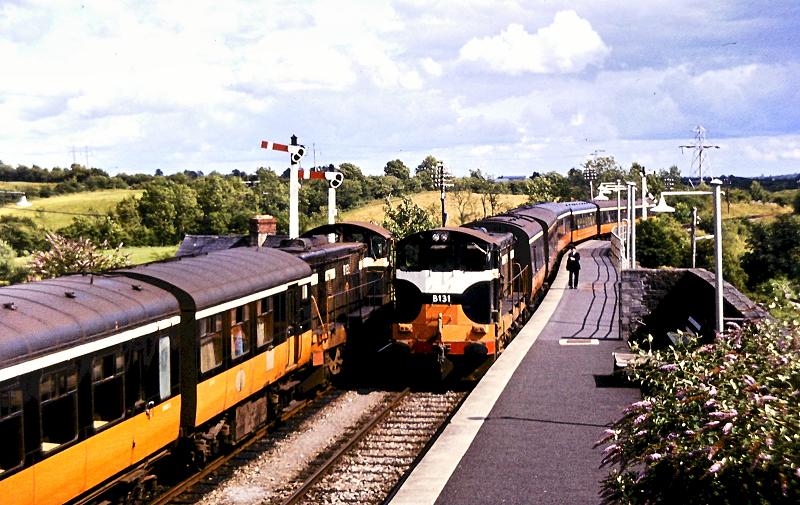
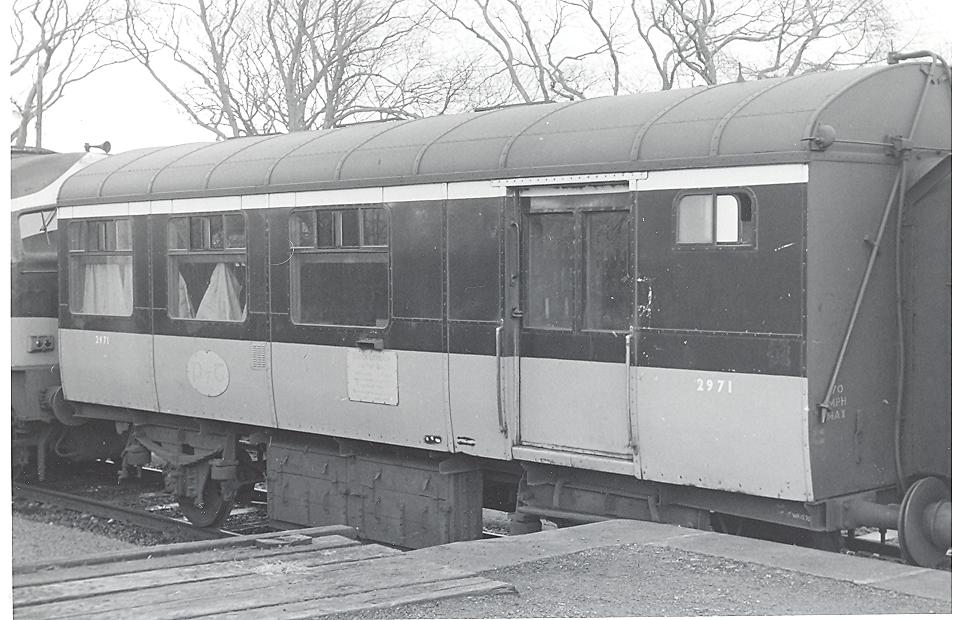
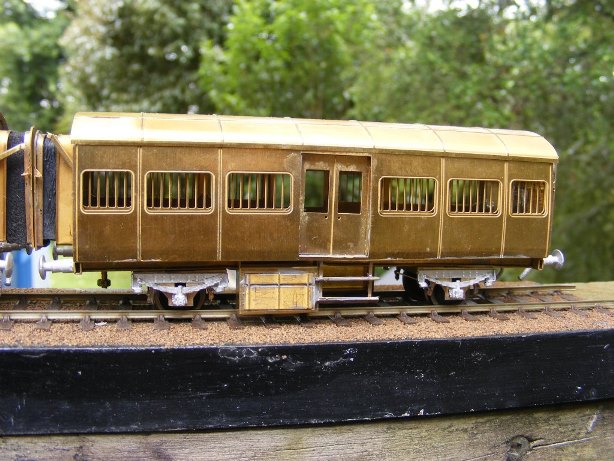
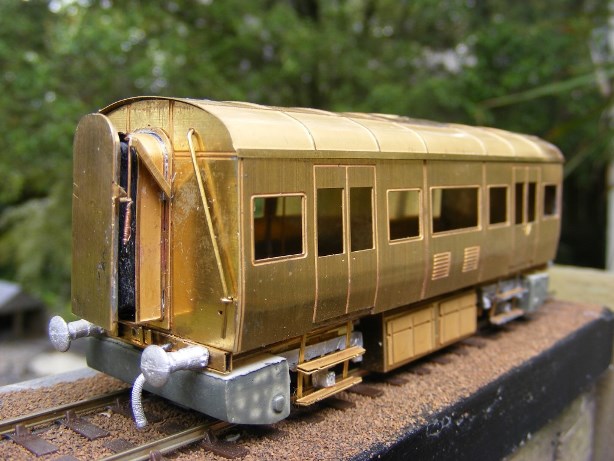

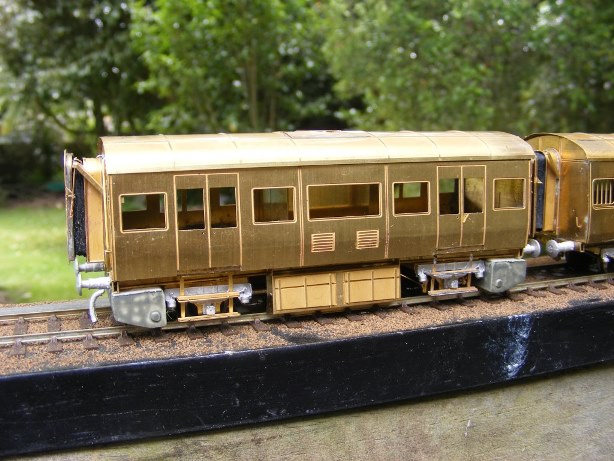

New RTR model ideas / thoughts
in Irish Models
Posted
The one great advantage of working in metal over plastic is that you can nearly always rescue a model if you make a complete mess of the first build. I have a 30 year old J26 & a 27 year old J15 still going strong still on their original gears, wheels and motors. I made complete mess of the original build of the J15 and re-built both locos in the mid 1990s.
Kit design has come a long way in 30 years more recent designs like the SG2, Bredin Coaches and no doubt 800 & the Bandon Tank use a lot more bolt together modular construction.
After trying the steamers I found the Craftsman BR 02 & 07 diesels a good starting point, todays Judith Edge diesel shunters have a reputation of being easy to build, the RH 165DS s just right for Tuam Sugar Factory and seems to have spent most of her life in BR Blue.